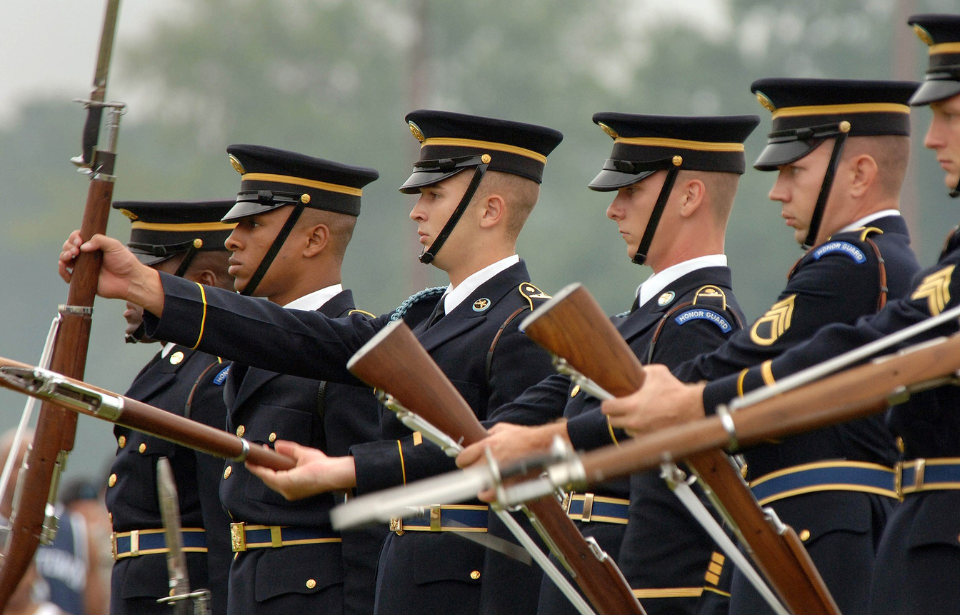The United States Rifle, Caliber .30-06, Model 1903 – commonly known as the M1903 Springfield – was a rifle used primarily by the US military. The standard US service rifle between 1903-36, it was equipped as a sniper rifle by the US Army until 1975, and continues to be used by the Army Drill Team in their demonstrations.
Despite initial design issues, as well as legal ones, the M1903 became a mainstay for the American forces. It saw use in every US-involved conflict, from the Philippine-American War and both World Wars, to the Vietnam War.
Requirements for a new rifle
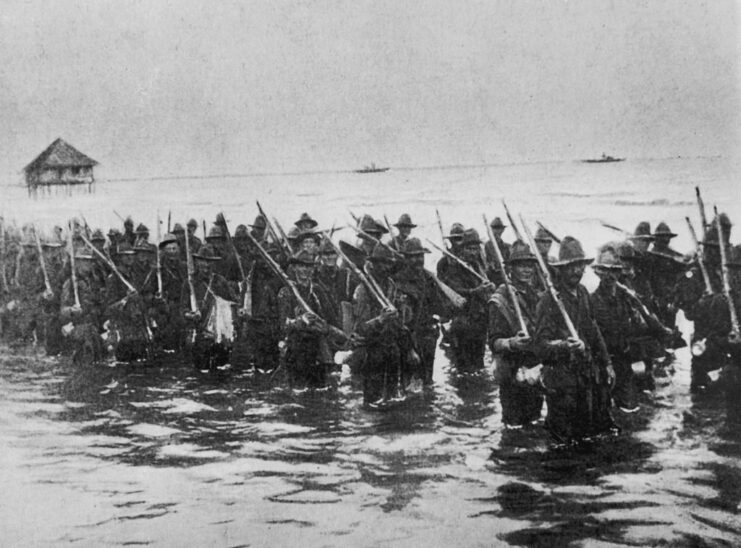
During the Spanish-American War, Spanish forces used the Mauser M1893 with deadly effectiveness. The Battle of San Juan Hill, for instance, saw 750 Spanish troops delay the advance of 15,000 American soldiers, who were using the less effective Springfield Model 1892-99 Krag–Jørgensen and older single-shot Springfield Model 1888 rifles.
With 1,400 casualties after San Juan Hill, as well as a similar incident the same morning near El Caney, the US Army Board of Investigation was commissioned to investigate the engagements and determine what the service could do to stop a repeat from occurring. The recommendation was for a new rifle to replace the Springfield Model 1892-99.
Development of the M1903 Springfield
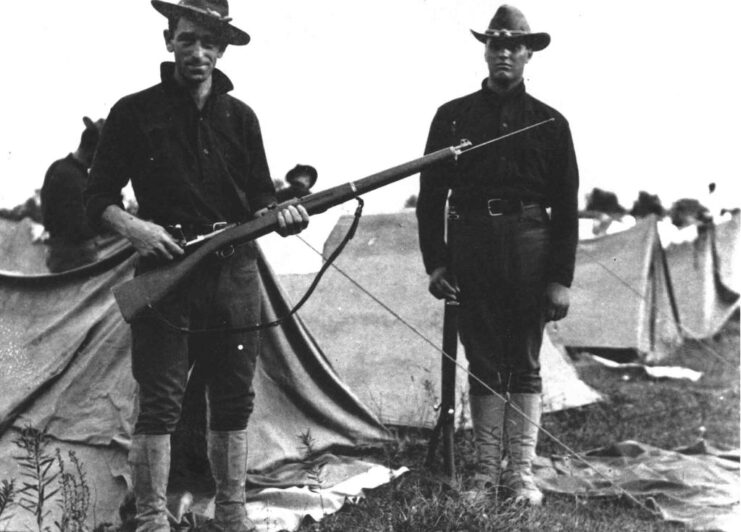
Following the Spanish-American War, thousands of Mauser M1893 rifles were brought back to the US. They were studied and reverse engineered at the Springfield Armory, where it was concluded the Mauser featured superior elements, compared to the Springfield Model 1892-99 Krag–Jørgensen.
Work subsequently began on a new rifle. In 1900, the first prototype was produced. The US rifle Model 1900 .30 prototype was found to be too similar to the Mauser M92, which the US Army had considered purchasing in 1892, and was rejected.
The next year, a second prototype, the US rifle Model 1901 .30, was created. Combining elements from the Springfield Model 1892-99 and Mauser M1893, it was considered almost ready for service. The company was so confident in its new rifle that it actually began manufacturing parts. Wanting certain changes made, however, the Army rejected the prototype. These changes, including a shortened barrel and a rod bayonet, were made and the final design was accepted.
The M1903 Springfield first saw service in pre-World War I conflicts, including the Philippine-American War, the Banana Wars and the Mexican Revolution. It quickly gained a reputation for being a durable and effective weapon. That being said, it wasn’t without its issues.
Legal issues arise
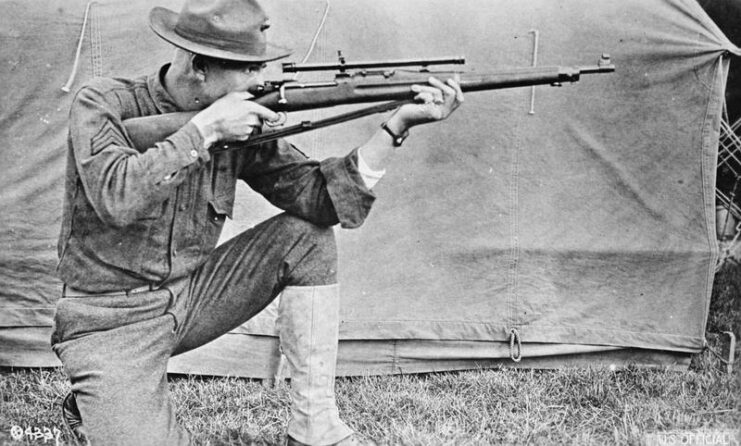
After being adopted by the US military, the M1903 Springfield went into production.
The design’s closeness to the Mauser M1893 led to fears Springfield may have infringed upon the German firearm manufacturer’s patents. Acknowledging this, the US government asked Mauser to review the rifle. The manufacturer found the M1903’s clip, as well as its general design, to be too close to the M1893.
It was subsequently determined that the US needed to pay reparations. After some debate, it was agreed the government would pay 75 cents for every rifle and 50 cents for every 1,000 clips produced. Payments would continue until a total of $200,000 had been paid.
In 1907, another possible violation was brought forward by a German ammunition manufacturer. The US government outright denied any violation. When the country entered the First World War in 1917, the lawsuit was thrown out and the original patent seized. In 1920, a court found the government guilty and ordered that it pay $412,000.
The M1903 was a good rifle. However, it cost the US government over $600,000, in addition to manufacturing costs.
More changes are made to the M1903 Springfield
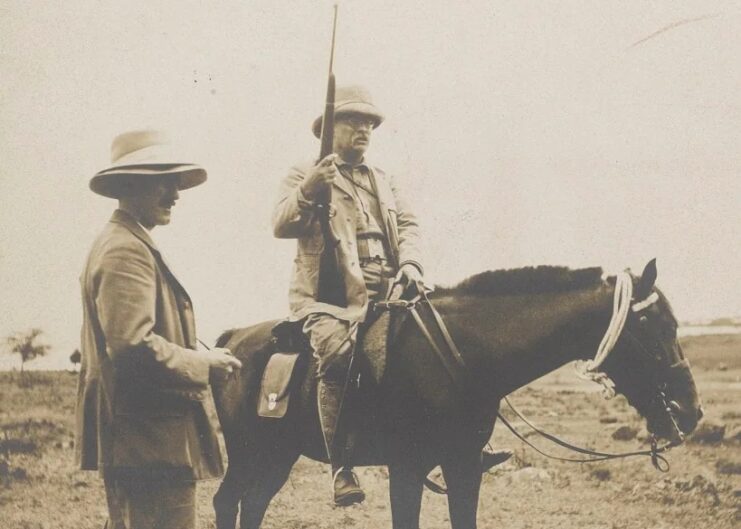
In 1905, with almost 100,000 M1903 Springfields having left the production line, it was determined the current bayonet couldn’t be used; President Theodore Roosevelt believed the design wouldn’t stand up in combat. This led to the development of both the M1905 bayonet and a new Model 1904 sight, which were added to the rifle.
Another change was made regarding the type of ammunition. Originally designed to fire circular bullets, it was soon decided the ammunition used by the M1903 should reflect the developments made in France with pointed ammunition. The M1906 cartridge, known as the .30-06 Springfield round, was the result and saw use not only with the M1903, but various rifles.
Use during the First World War
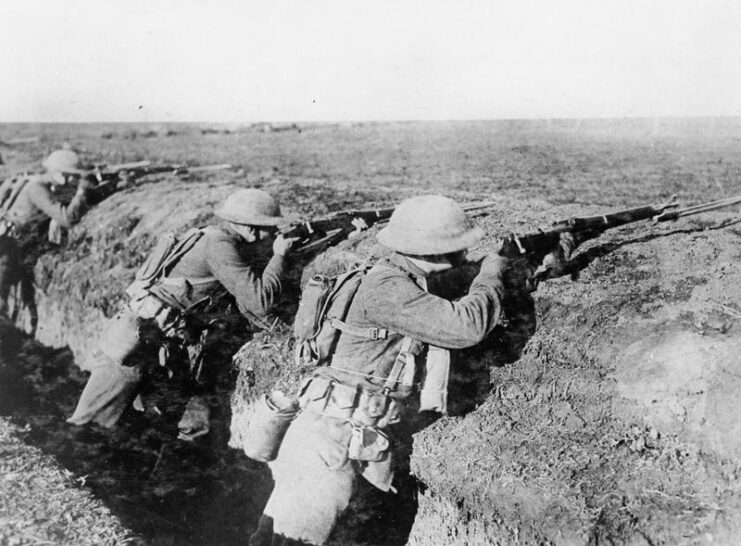
In 1917, as the US entered the First World War, 843,239 M1903 Springfields had been produced. Some of the pre-war rifles had been manufactured with brittle receivers, leading to battlefield failures that resulted in injury. That being said, the US Army never reported any fatalities. The use of the wrong cartridge could have also impacted this defect.
This was soon corrected, with M1903s with serial numbers higher than 800,000, as well as rifles from the Rock Island Arsenal with a serial number higher than 285,507, becoming known as “double-heat-treated.”
Before the end of the war, the M1903 Mk I was released. This rifle boasted a Pedersen device that allowed it to semi-automatically fire .30-caliber cartridges. Following the conflict, the M1903 was exported to various American allies, including Costa Rica, Cuba and Nicaragua.
Use during the Second World War
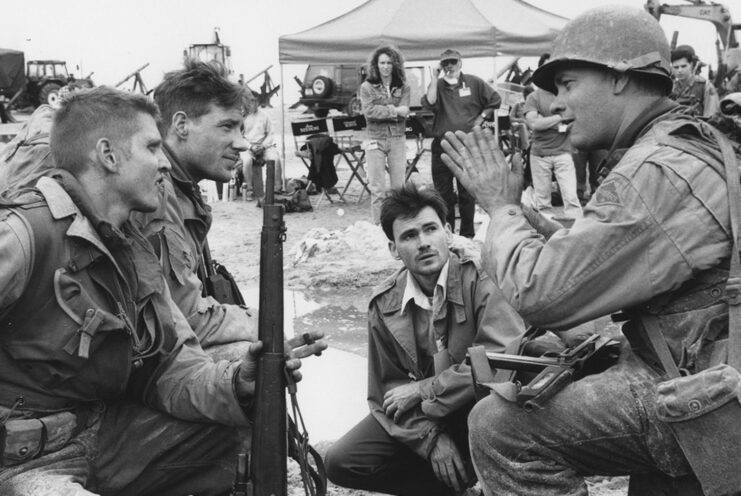
At the start of the Second World War, Remington Arms and Smith-Corona began manufacturing M1903 Springfields. Production saw the simplification of the rifle, including stamped parts, instead of milled ones, making the manufacturing process and use of the weapon much easier.
Over the course of the conflict, the M1903 and M1903A3 were used alongside the M1 Garand. Many infantrymen continued to use the M1903, with some US Army Ranger units preferring it for Commando missions.
M1903 Springfield as a sniper rifle
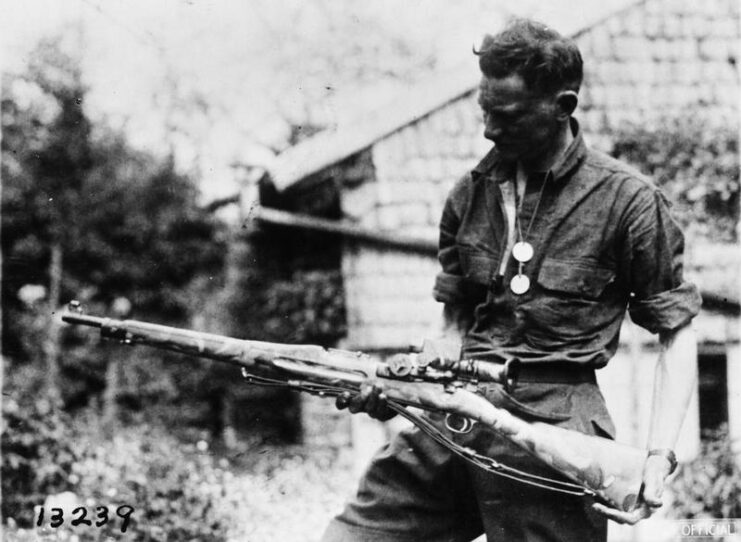
During the Second World War, the M1903A4, a variant of the M1903A3, became the US Army’s sniper weapon of choice. With a range of 600 yards, it was used by both the Army and US Marine Corps in all theaters of operation. However, the jungles of the Pacific favored self-loading weapons, as opposed to the M1903, so the M1 Garand soon became the weapon of choice. While some issues were faced with the types of scopes used, no issues were ever found with the rifle itself.
The M1903A4 saw limited use as a sniper rifle during the Korean War. Throughout the conflict, South Korean Marines were also armed with the weapon. The Vietnam War was the final conflict the rifle saw use, with technical manuals printed as late as 1970.
More from us: RPD Machine Gun: The Soviet-Era Weapon That’s Seen Nearly 80 Years of Action
Having been used by over 20 country’s armed forces, the M1903 Springfield has rightly become a classic among collectors and enthusiasts alike. As aforementioned, it’s still used by the US Army Drill Team, as well as Junior Reserve Officers’ Training Corps (ROTC) groups for demonstration and ceremonial purposes.
